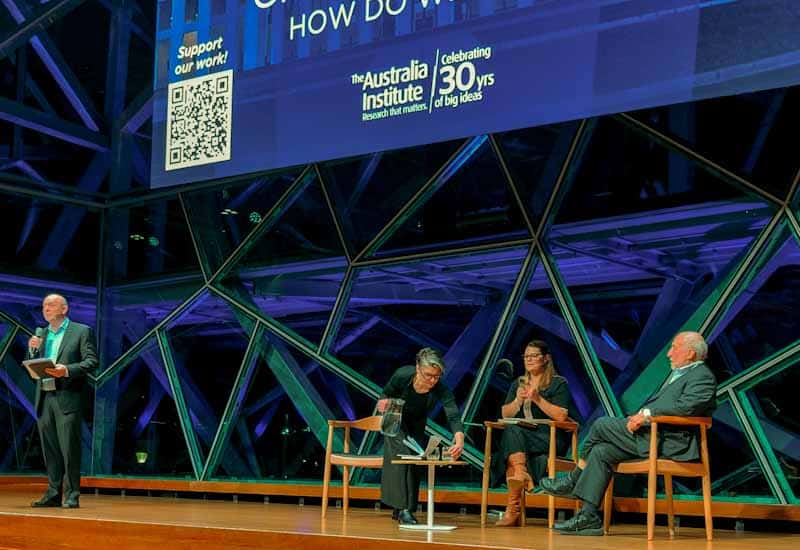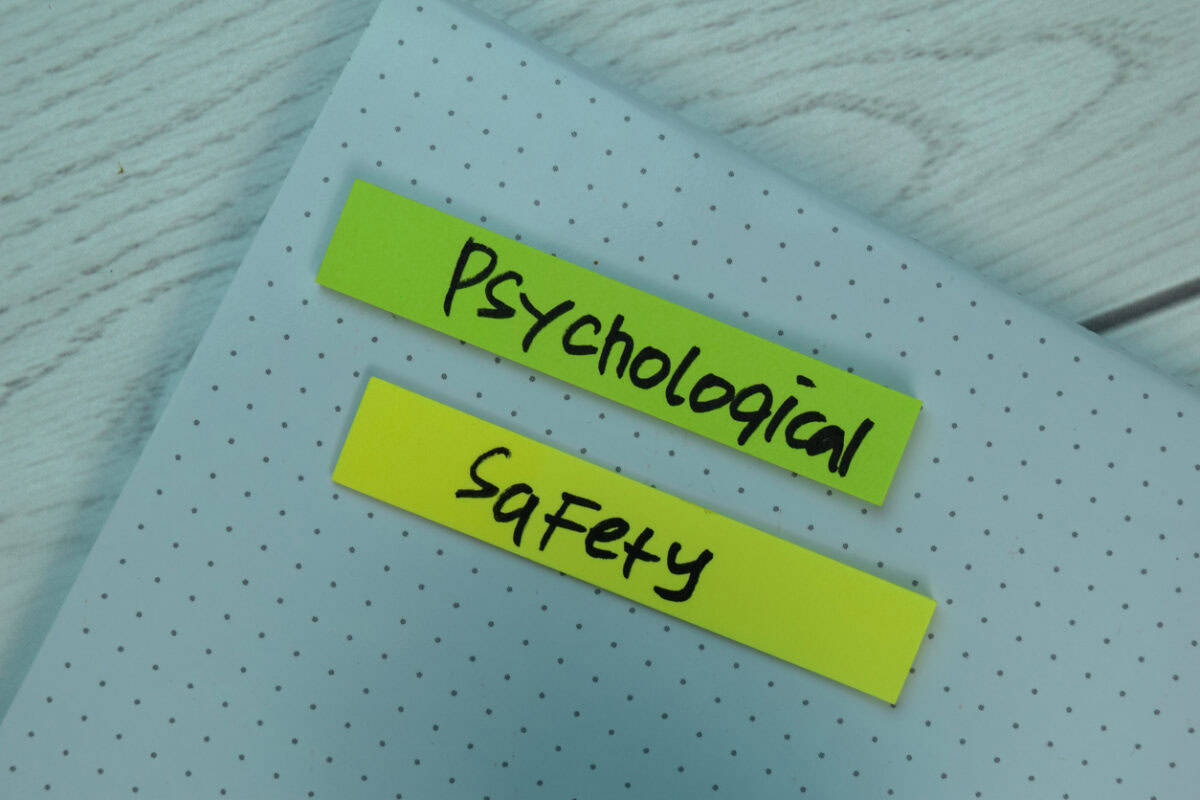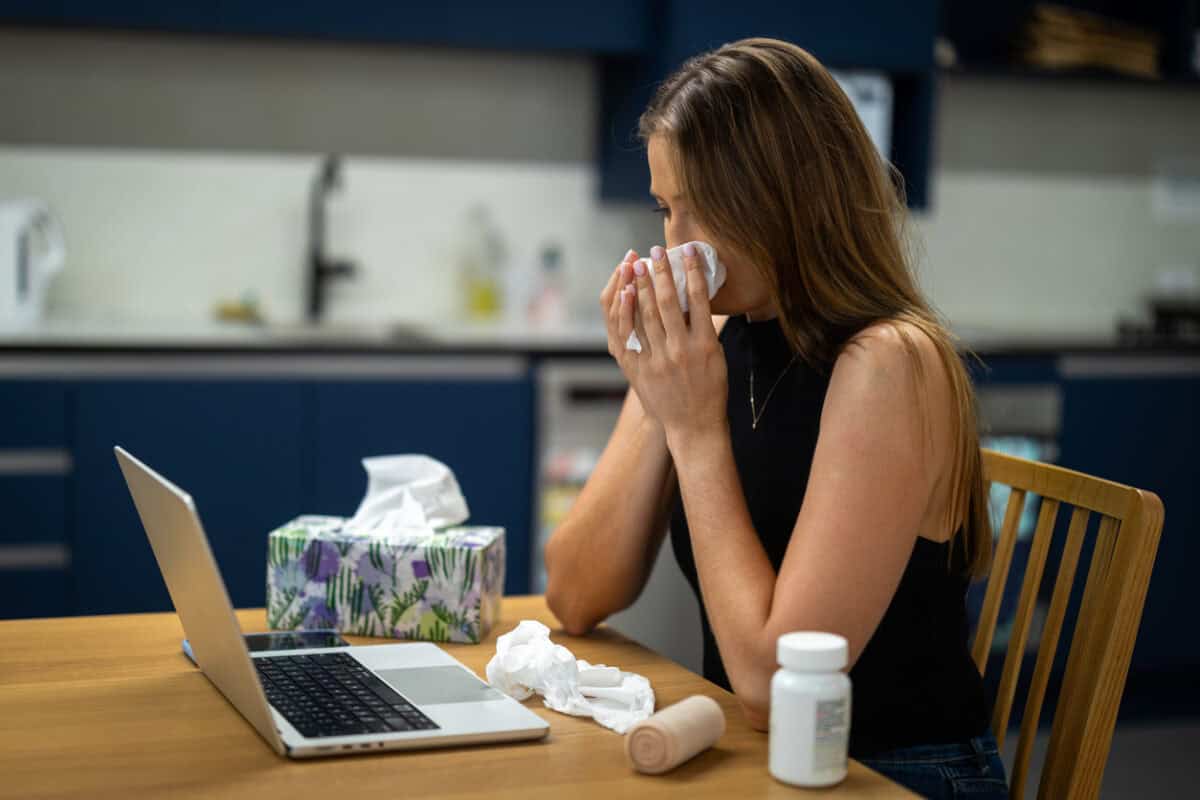There are two common approaches to addressing and preventing psychosocial hazards at work. One is to consider these hazards as originating within and affecting only workers and work processes. This looks at the hazards generated by work that affect work and downplays or dismisses factors from outside work. The other is to acknowledge that work is part of life, that socioeconomic factors affect workers’ mental health, and that job stresses similarly affect workers’ social lives. In both instances, the use of “worker” includes all levels of a management structure. Both approaches need evaluation for effectiveness.
Category: risk
Digitalisation, Artificial Intelligence, OHS and Work
What do Safe Work Australia (SWA) executives do outside National Safe Work Month? Several times each year, they appear before Senate committees. Recently, SWA’s CEO Marie Boland, Sinead McHugh, and Katherine Taylor spoke at a Senate Inquiry into the Digital Transformation of Workplaces.
“don’t trick people” – Greenwashing and Safewashing
Nobel-prize winner Joseph Stiglitz does not write about occupational health and safety (OHS). However, he does write about the sociopolitical and economic context in which businesses operate and from which worker health and safety decisions are made. In August 2024, Stiglitz is touring Australia. On August 7, 2024, he addressed a packed auditorium in Melbourne.
The topic was Greenwashing. He shared the stage with Senator Sarah Hanson-Young and Polly Hemming. The event, and I think the tour, was sponsored by The Australia Institute. Why was an OHS professional at a greenwashing lecture? The tools, techniques, and preventions of greenwashing are often echoed in OHS.
ESG and OHS
Recently, Herbert Smith Freehills (HSF) conducted a seminar on internal workplace investigations and ESG (Environmental, Social, and Governance) frameworks. Occupational health and safety (OHS) seems to be gaining more attention as an ESG element, but it must compete with so many other elements that it may always be seen as a side issue.
Addressing Psychosocial Hazards at Work: New Incident Notification Reforms
On the afternoon of Friday, August 1, 2024, Safe Work Australia (SWA) announced important changes to the incident notification obligations in Australia’s Model Work Health and Safety laws. These changes are particularly relevant to the issues of psychological harm in workplaces and work-related suicides. I asked SWA for some clarifications on the changes and the promised guidance.
Below are the questions that I submitted to Safe Work Australia and CEO Marie Boland‘s responses.
Warning: this article discusses suicide
Psychological health and safety book seems dated
There is a new book about psychological safety for organisations. Many have been published over the last twenty years, but the climate, at least, in Australia has changed. Psychological safety is now part of a broader and more inclusive concept – Psychosocial Safety – but many psychologists have not yet caught up, or are in denial or are too embedded in their established services to be able to or willing to change.
Any new book on psychological safety in workplaces needs to be contemporary and reflect these changes. Gina Battye‘s “The Authentic Organisation—How to Create a Psychologically Safe Workplace” is not quite there.
Sick leave entitlements miss the OHS justification
Australia is currently in the Winter season of sniffles, colds, and influenza, which generates illness and workplace absences. In the northern hemisphere, excessive heat may be causing a similar level of workplace absences. A recent article from the Australian Broadcasting Corporation discussed workplace absences due to illness.







